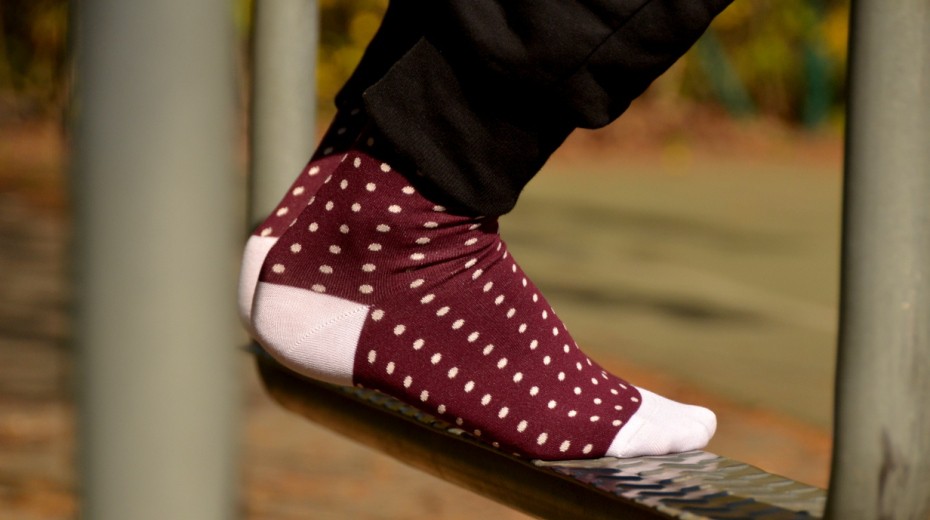The Evolution of Sofas in the Home
The humble sofa is an iconic design. That is, many designers and craftsmen have sought to improve and adapt the style of sofas but the basic shape and concept remains generally unchanged – they are something designed for more than two people to sit upon. But how we use sofas and how affordable they have become has determined the extent of their usage in our homes over the years.
Even within the last two or three generations there has been a sea-change in designs and preferences for the way in which sofas are designed. If you were to go into the home of an elderly person you would see that the tastes favoured by that generation tend towards floral prints, high backs, high armrests and firm, narrow seats.
If you visited the home of someone from the next generation down (people in their fifties and sixties) you are likely to see more opulent tastes with lots of soft fabrics and hard leathers or dark woods.
People in their late twenties, thirties and forties are more likely to have furniture with a distinct Swedish theme thanks to the affordability and practicality of flat-pack furniture now widely available in the UK. Younger people who can afford to do so tend to opt for more modern sofa designs like giant sofa beanbags or sofas with inbuilt electrical equipment.
Tastes vary from generation to generation, but the overall design of a sofa remains largely unchallenged. In the dim and distant past, pre-Victorian times, sofas were only something that the very wealthy could afford and were hand-crafted by artisans for a high fee. Even further back in history they were the reserves of the very rich (as seen in ancient drawings and artefacts from temples and tombs in countries such as Egypt).
The Victorians were the first to start mass-producing this humble item of furniture, though sofas were still too expensive for many, and used only ‘for best’ by most. They were formal, uncomfortable affairs, with stiff backs, very firm seats and wooden armrests in the main – and though they looked very stylish and luxurious, they were not made for sitting on for extended periods.
In the post-Victorian era, sofas began to get a lot more use. They were manufactured en masse and made ever more affordable as a result. The masses could therefore afford to have sofas in their main living room (rather than their ‘parlour’ for visitors). At around the same time, manual labour became less and less necessary and more people were working in sedentary jobs behind desks. People became more accustomed to sitting down and sofa designs adapted to become somewhere comfy to sit for extended periods.
In short, we became couch potatoes at around the same time that ‘couches’ became more comfortable to accommodate us – or perhaps we became couch potatoes because couches were so comfy, who knows?
We now use our sofas as a place to sit or lie down when relaxing, socialising or watching TV. They are more affordable than ever and comfort is high on everyone’s priority when they seek to buy a sofa.
Sofas and Stuff sell, high quality, beautiful British sofas online . Whether you’re looking for small sofas, leather sofas or fabric sofas, we offer sofas in all fabric type and size, from small sofas to large three seat sofas. Sofas and Stuff offer a wealth of experience and have been in the sofa business since 1979.
You May Also Like

Trusting SEO Services To See The Bigger Picture
February 14, 2012
The Key To Successful Hair Replacement
October 3, 2012
